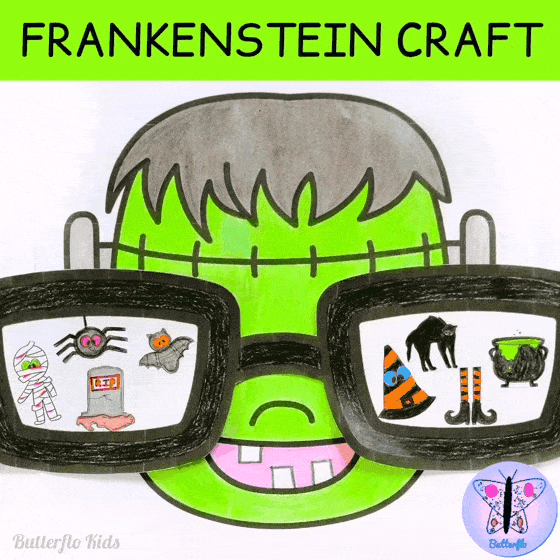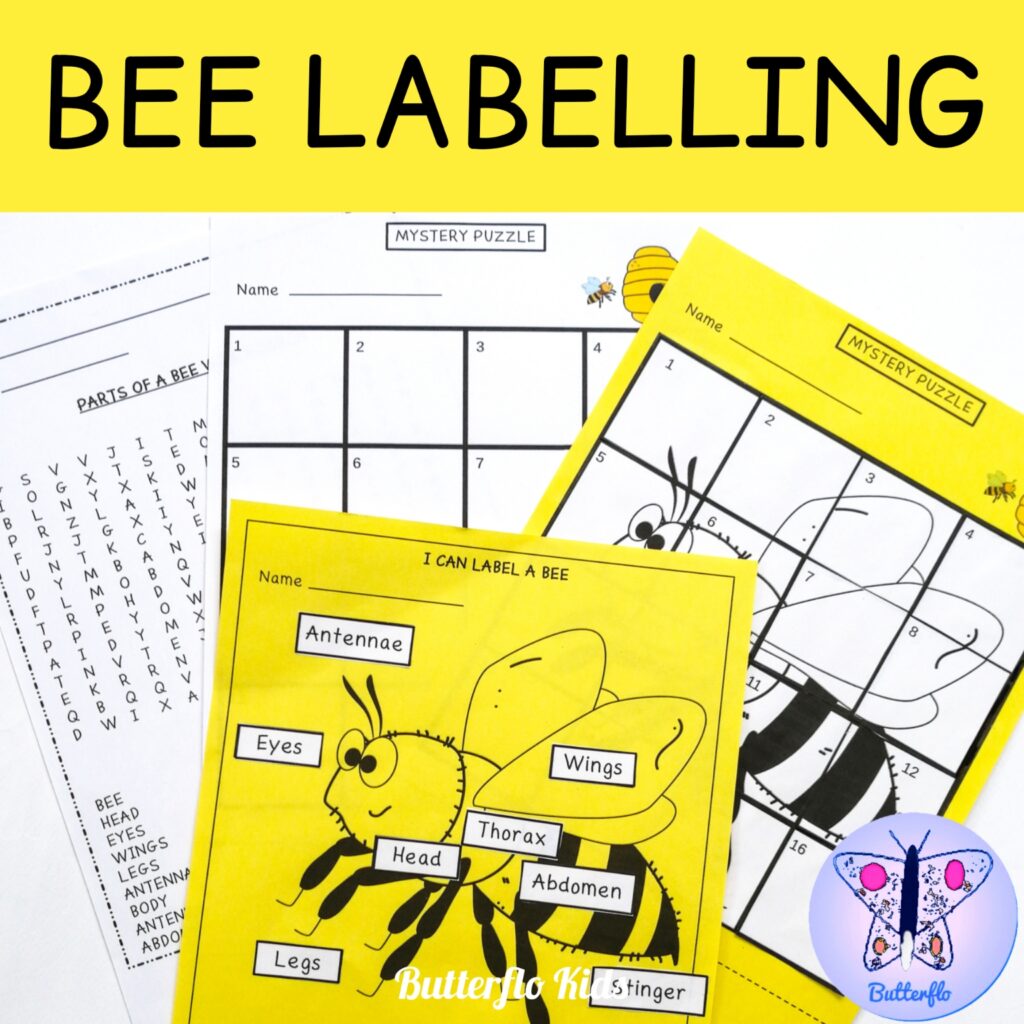
Parts of a Bee Labelling Activities
Boost your students’ bee science projects with this fun and educational labelling resource.
Perfect for incorporating into your school curriculum or World Bee Day project. Includes a word search and a bonus Mystery Puzzle for added engagement. (Answer key included.)

Parts of a Bee Labelling
Perfect for incorporating into your school curriculum or World Bee Day project. Includes a bonus Mystery Puzzle for added engagement.
$2.25
Also available at MY TPT STORE
I use Get DPD to safely deliver my products
Why you should use this bee labelling resource in your classroom!
English Language Arts
- Your students will practice their reading comprehension skills by reading and understanding the labels for the different parts of a bee.
- They will enhance their vocabulary by learning new terms related to bees and their anatomy.
- Through the word search activity, students will improve their spelling and word recognition abilities.
- By completing the mystery puzzle, students will exercise their problem-solving and critical thinking skills.
Foreign Language
- ESL students will learn new vocabulary whilst labelling the parts of a bee.
- Students will practice spelling and pronunciation of foreign words.
- By searching for foreign words in the word search, students will reinforce their understanding of the language.
- The mystery puzzle will challenge their comprehension of foreign language clues and instructions.
Science
- Students will gain knowledge about the anatomy of a bee by labelling its parts.
- They will learn about the different functions and roles of each part of a bee’s body.
- Through the word search, students will reinforce their understanding of bee-related vocabulary.
Continued development can be encouraged by expanding the activity to include researching more about bees and their importance in pollination. The child can create a bee-themed story or poem using the vocabulary they learned.
They can also explore other insect anatomy and compare it to that of a bee. Additionally, they can create their own word search or mystery puzzle for a different topic to challenge their peers.
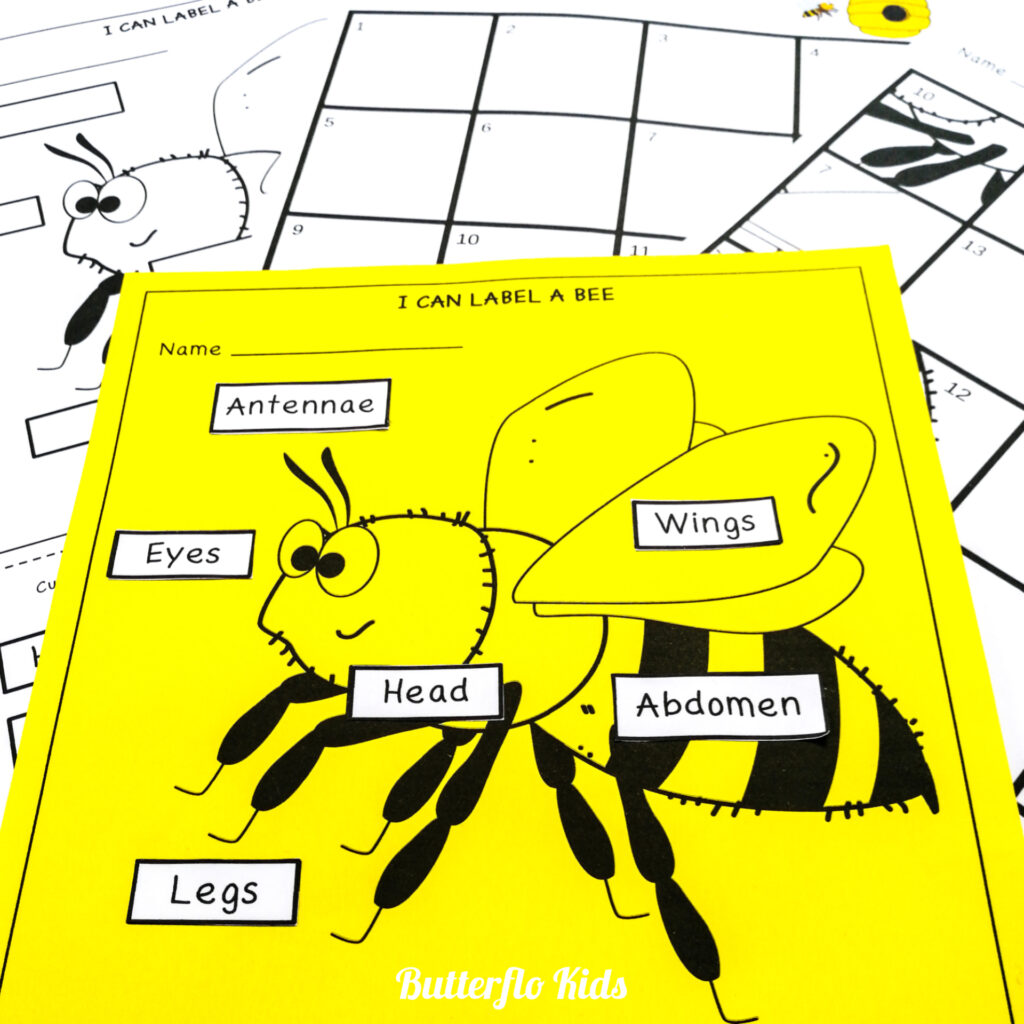
Easy parts of a bee labelling activity.
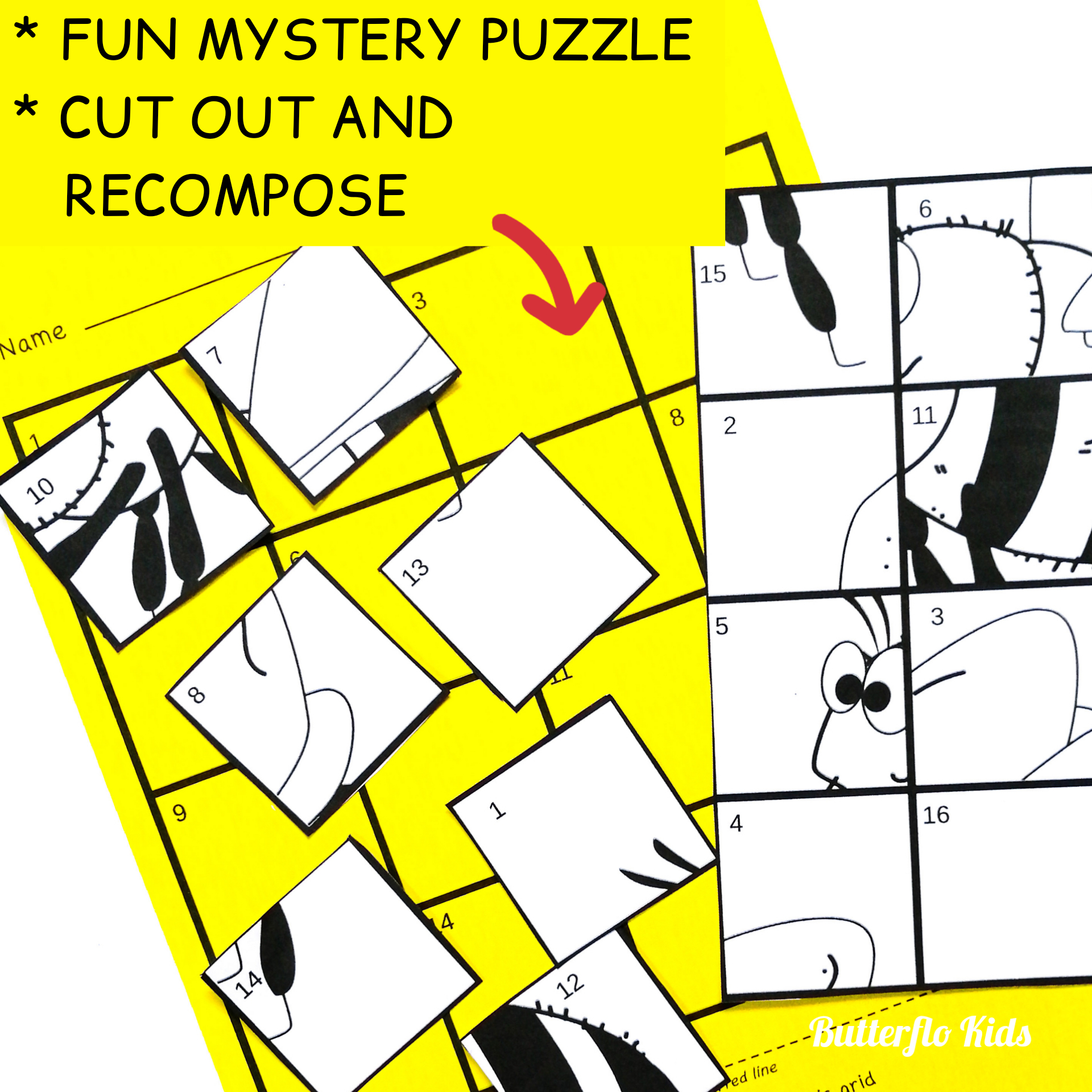
Fun mystery puzzle. All your students have to do is cut out the puzzle pieces and recompose them on the numbered grid included. The finished project should look something like this…
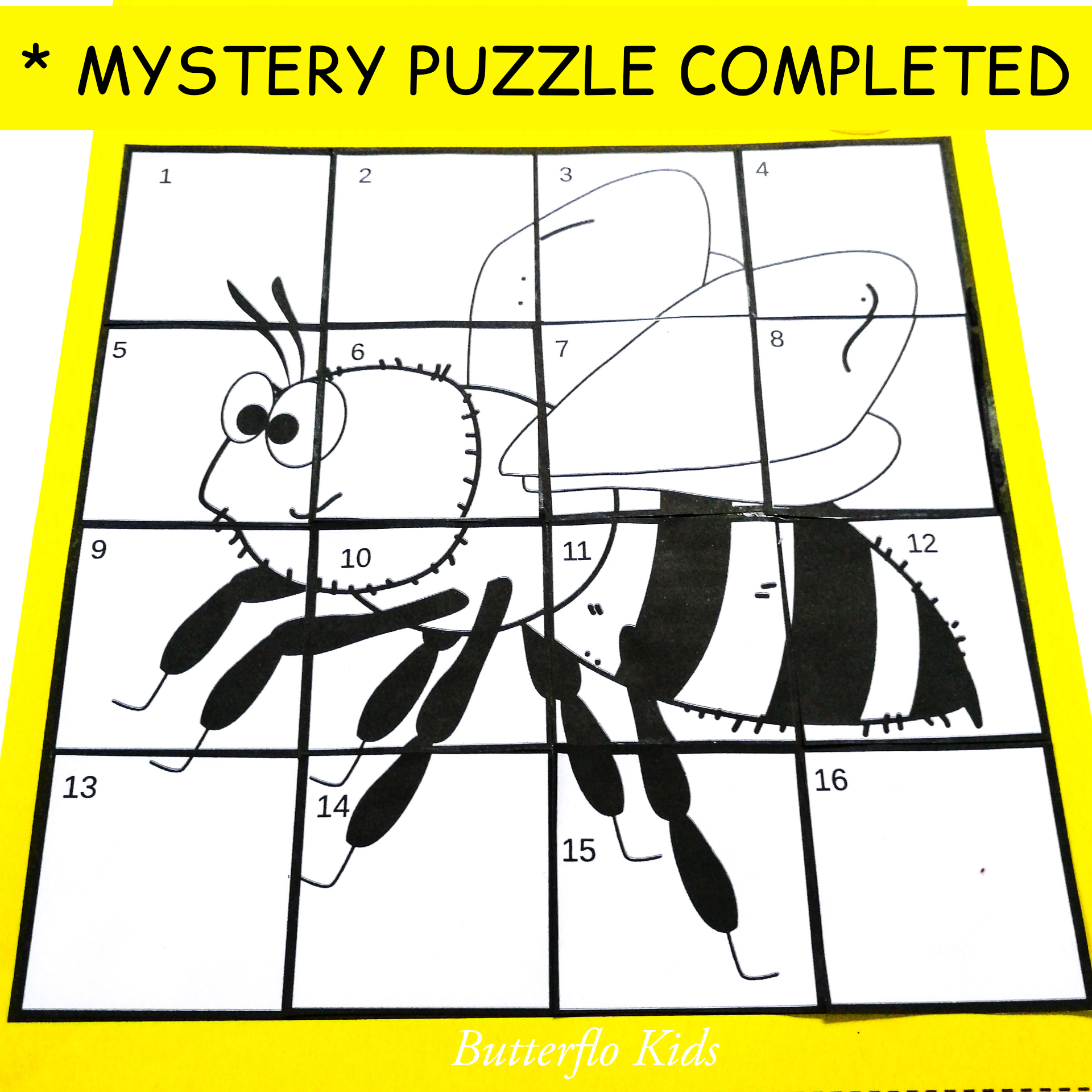
And last but not least, this resource also comes with a bee word search. Ideal for memorising the vocabulary.
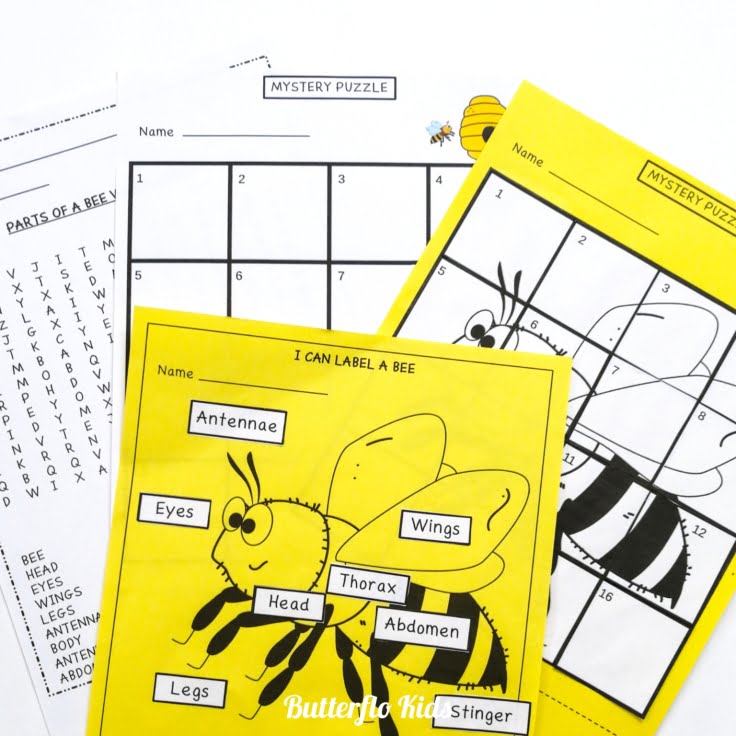
This parts of a bee labelling resource is also ideal for any ESL or EFL teacher who teaches science in English.
Parts of a Bee
Discover the incredible parts of a bee. Bees are tiny insects that play a crucial role in our environment.
By learning about their different body parts, we can understand how they work together to help bees thrive. So, let’s dive into the world of these buzzing wonders!
Head
The bee’s head is like its command center! It has two large compound eyes that help the bee see the world around it. Bees also have three tiny simple eyes on top of their heads. Can you imagine having five eyes? How cool is that?
Antennae
Moving on to the antennae, these are the bee’s special sensors. Bees use their antennae to smell and feel things in their environment. They can detect the sweet aroma of flowers and communicate with other bees by touching their antennae together. It’s like a secret bee handshake!
Thorax
Next, we come to the thorax, which is the middle part of a bee’s body. This is where the bee’s wings are attached. Bees have four wings in total, two on each side. These wings allow them to fly from flower to flower and collect nectar, which they turn into yummy honey. Can you flap your arms like bee wings? Give it a try!
Abdomen
Lastly, we reach the abdomen, which is the bee’s rear end. Inside the abdomen, bees have special stomachs for storing nectar and pollen.
The abdomen also has a stinger, but don’t worry, only female bees have stingers, and they use them to protect themselves and the hive. Bees are gentle creatures, but it’s essential to respect their personal space.
Conclusion
You’ve now discovered some of the fascinating parts of a bee. From their compound eyes to their buzzing wings, bees have unique features that help them thrive in their environment.
Remember, bees are essential for pollinating flowers and producing honey, so let’s appreciate and protect these tiny superheroes of nature.
So, next time you see a bee buzzing around, you’ll know a little bit more about its remarkable body. Keep exploring and learning, and let’s continue to appreciate the incredible diversity of the natural world around us!
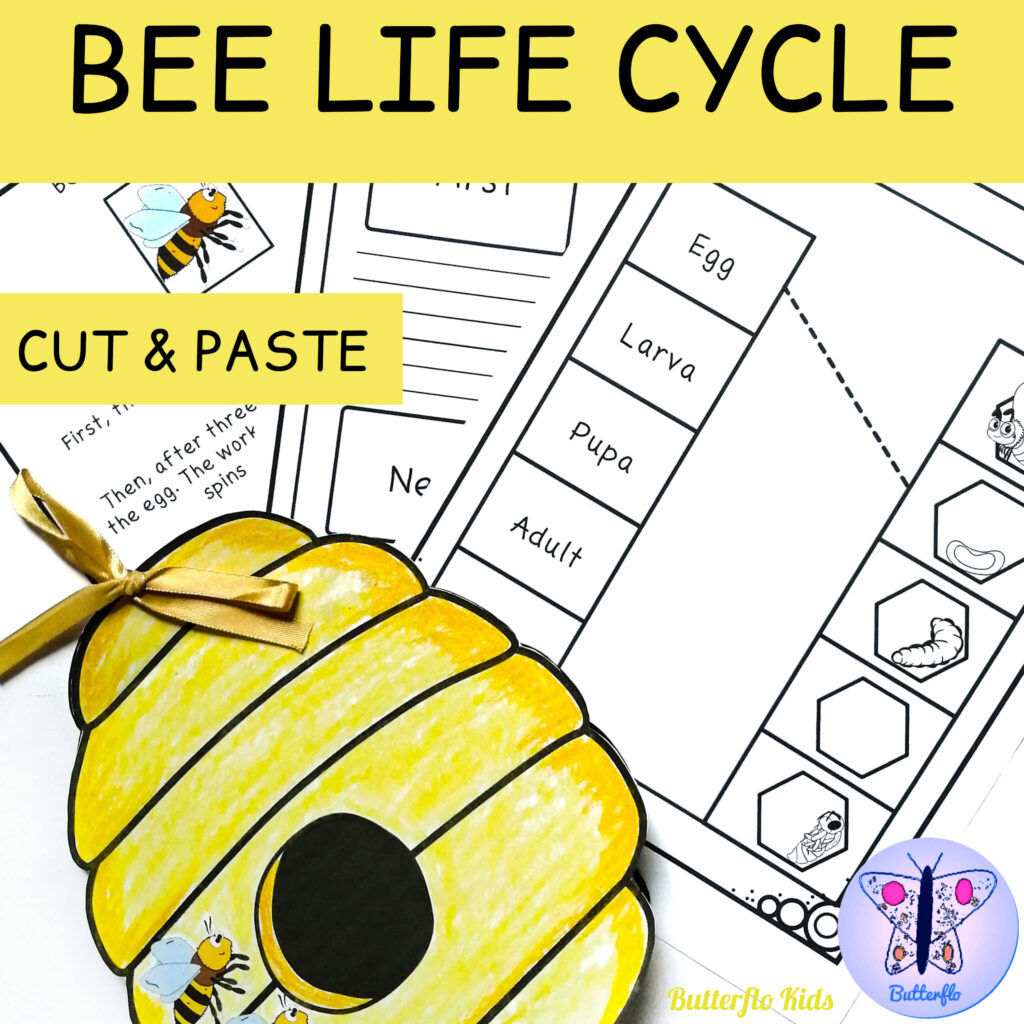
You might also like my BEE LIFE CYCLE CRAFT
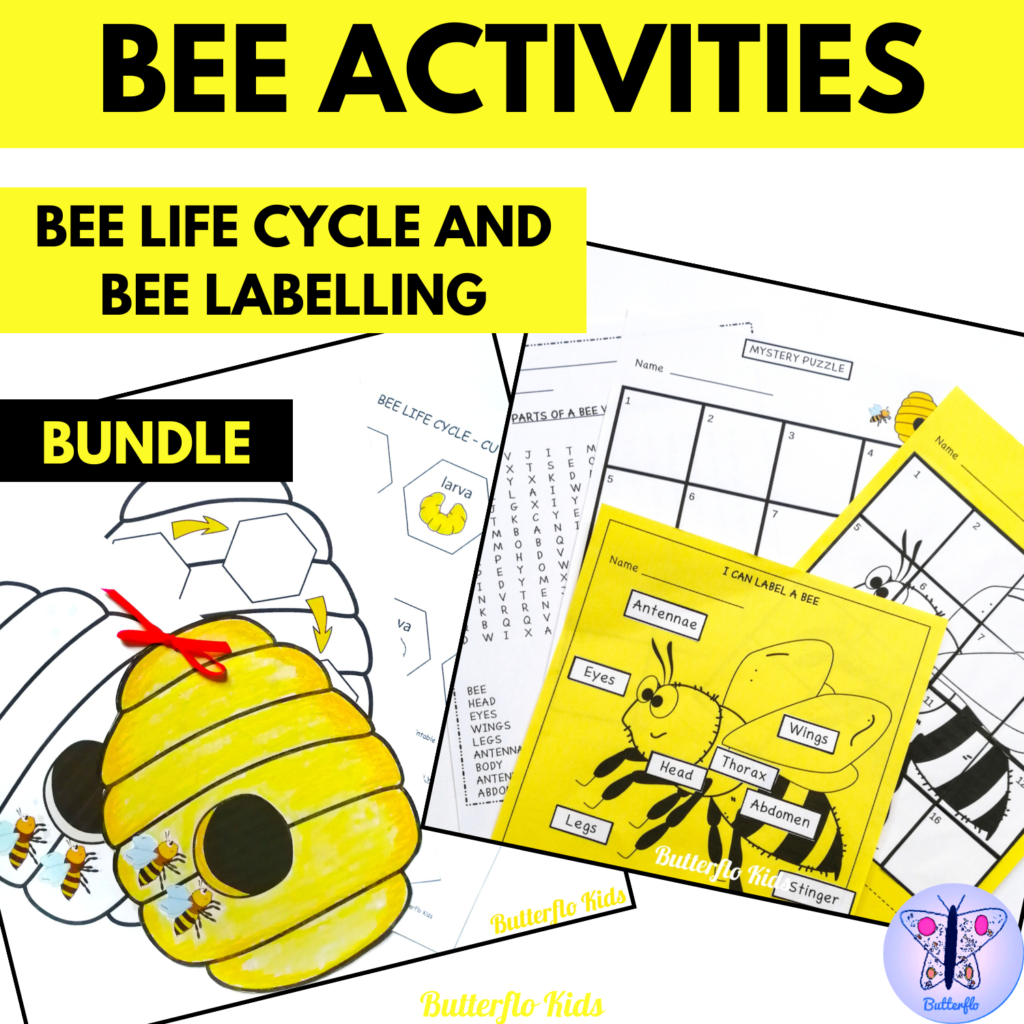
Get my bee labelling and bee life cycle resources together in one BUNDLE






